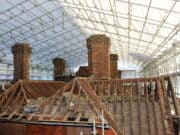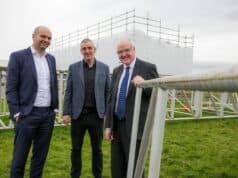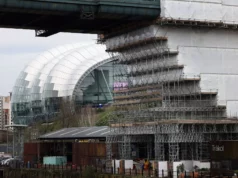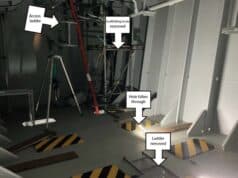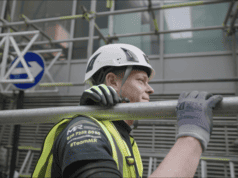NOW that an incredible 28 miles of scaffolding has been taken down, one of the most popular tourist attractions in the Bristol area is fully open to the public again.
Large parts of the spectacular Tyntesfield Estate at Wraxall have been under wraps while a team of around 100 contractors have been working on a project to restore the Gothic mansion.
The work, which has seen the roof of the main house repaired and replaced, and the property rewired and re-plumbed with a new heating system, cost £4.6million.
It was funded by a grant from the Heritage Lottery Fund and other donations, and is part of a wider £16million project being carried out on the estate, saved by the National Trust in 2002.
For the first time in two years visitors will be able to see the Gothic architecture of the spectacular Victorian mansion with- out scaffolding in the way.
For the last 18 months the roof of the house has been hidden behind one of the largest temporary free-standing roof structures in Europe – the size of 10 tennis courts – while repair and restoration work was carried out.
The turrets and pinnacles, chimneys and gables that make up the Tyntesfield skyline are now back on show along with the new watertight and weatherproof roof.
Visitors will be able to see the restored red and black tiles that have not been seen by the public for generations.
The multitude of contractors that worked in all of the 106 rooms in the house have now gone, leaving behind new plumbing, wiring and thermostatically controlled heating.
The house was last rewired in the 1950s but has now been brought up to date with each room now having electricity.
The refurbishment work has been carried out in keeping with the property which was one of the first in the country to have electric lighting installed in 1890.
Rooms which had been stripped of their contents, covered in dust sheets or used as storage during the renovation works have been unwrapped, deep cleaned and reinstated.
Objects that were carefully packed away and moved into storage by trained staff and specialists have returned.
Acting house manager Meghan Wilton said: “This colossal project has been a bit like moving house, but imagine a house with over 100 rooms and more than 40,000 objects, ranging from Victorian cooking utensils and toys to rare and delicate pieces of furniture.
“It’s incredibly satisfying to see all the work complete as we begin to re-present the rooms, evoking the different ways all four generations of the Gibbs’ family used the house. The Main Hall, for example, with its chairs and jigsaw puzzles, recalls its time as a family living room in the 1890s, making it the perfect place to stop off and relax.”


